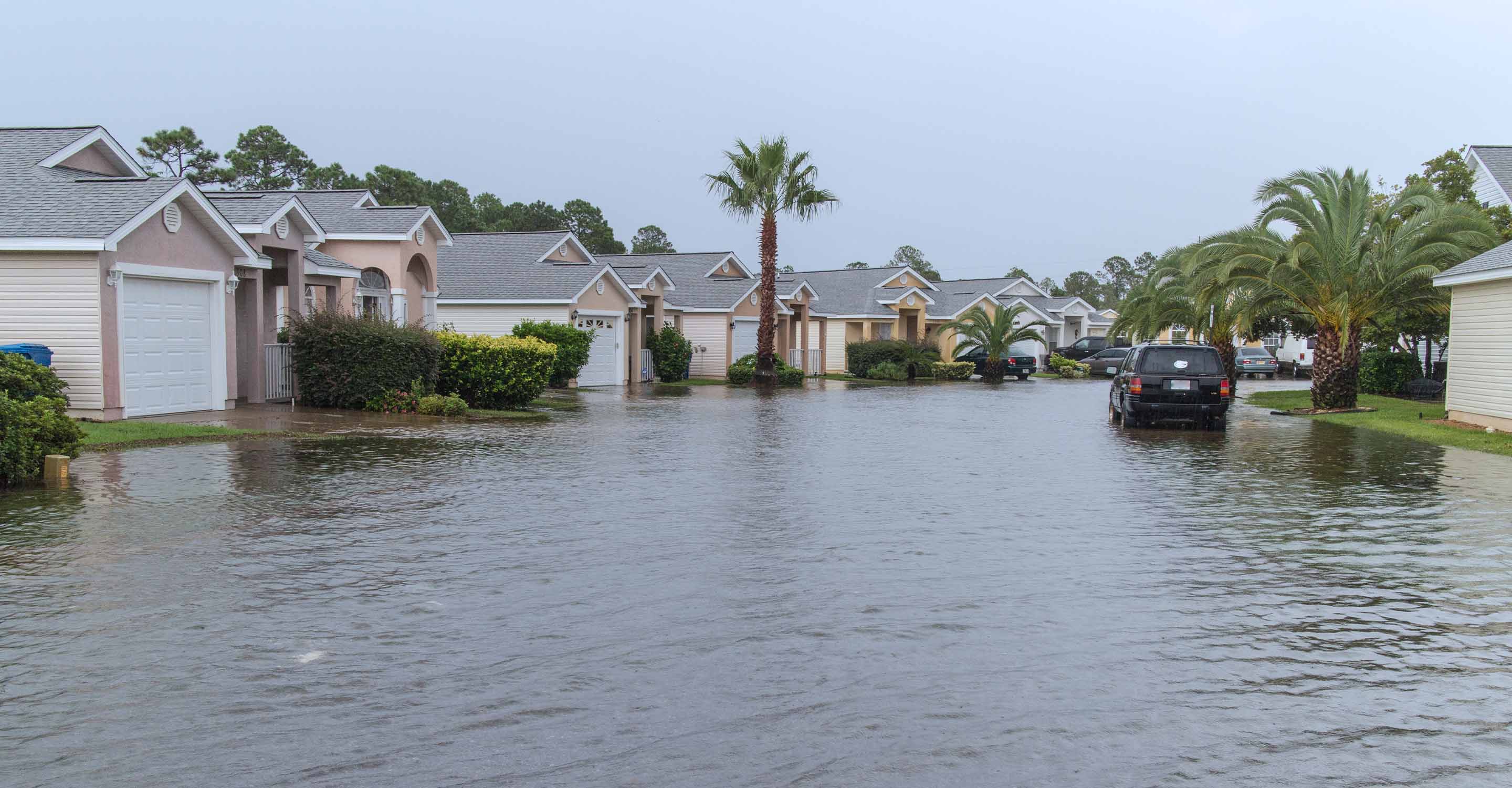Dublin air quality map
Live air pollution map of Dublin
19.9K people follow this city
Full screen
Contributors
6
Stations
21
Contributors category
1
Government
0
Non-profit organization
0
Educational
0
Corporate
1
Individual
4
Anonymous
Most polluted air quality stations
| # | station | US AQI |
|---|---|---|
| 1 | Ballyfermot, Dublin 10 | 41 |
| 2 | Pearse Street, Dublin 2 | 28 |
| 3 | Custom House Quay, Dublin 1 | 26 |
| 4 | Dublin Port, Dublin 1 | 26 |
| 5 | Clonskeagh, Dublin 14 | 24 |
| 6 | Davitt Road, Inchicore, Dublin 12 | 24 |
| 7 | TU Dublin, Dublin 7 | 22 |
| 8 | Walkinstown Library, Dublin 12 | 21 |
| 9 | Ballymun Library, Dublin 9 | 19 |
| 10 | Finglas, Dublin 11 | 19 |
Health Recommendations
| Enjoy outdoor activities | |
| Open your windows to bring clean, fresh air indoors GET A MONITOR |
community highlight
Dublin most followed contributors
Become a contributor
Get an AirVisual Outdoor and contribute to collecting millions of data points for the Dublin map to track local air pollution
Understand air pollution and protect yourself
Dublin MAP AIR QUALITY ANALYSIS AND STATISTICS
What can air quality map readings tell you about the pollutants in Dublin?
As the pollution readings are taken in the form of US AQI on the air quality maps for Dublin, users can know what pollutants they may be breathing. US AQI itself is a number aggregated from the main pollutants found in the air throughout the world (due to them being released consistently by the usual polluting sources we see in all societies, with some variations of course being witnessed). As such, when the US AQI levels are high in Dublin, certain areas as shown on the air quality map will have higher concentrations of ozone, nitrogen dioxide, sulfur dioxide, and carbon monoxide as well as PM10 and PM2.5. All of these can have significant effects on the health of individuals, with certain pollutants being higher in particular areas (citing a common example, cars and other vehicles tend to release larger amounts of nitrogen dioxide, causing busy roads, motorways and areas that have rush hour traffic to have a higher concentration of this chemical pollutant in the air).
What are some of the air quality map readings shown in Dublin?
The readings taken for Dublin have shown have good, if not very respectable levels of air cleanliness, as can be seen on the city page as well as the air quality map. As of late August 2022, a strong aggregation of air quality readings all coming from the various air quality monitoring stations present throughout the city of Dublin gave some good indications of what the air quality or pollution levels were like at that time.
The entire city came in with readings that fell into the 'good' air quality rating bracket, which requires a US AQI reading of 50 or less to be classified as such, and is shown on the air pollution map as a green disc, being the cleanest rating possible. Some examples of these readings include figures of 11, 8, 9 and a low of 4, all of which give Dublin an exceptional level of air cleanliness at the time when these figures were recorded. Despite Dublin having this great level of air cleanliness, it is important to note that fluctuations can or may take place at any given time over a single day, or throughout the year, and as such the air quality map can be checked to make sure that the pollution level is low. If adverse readings start to appear, the benefit of the air quality map is that it shows you exactly where in the city such elevations are taking place, and appropriate measures can be taken to minimize exposure risk to breathing larger quantities of pollutants that may be in the air.
Which people may benefit the most from using air pollution maps in Dublin?
Whilst all members of society in Dublin can most definitely benefit from referring to both the air quality map, or air pollution map pages, as well as the city map pages that show the pollution level as an average throughout the city (as well as giving forecasts and concentration levels of certain pollutants), there are those who due to some reasons, may need to monitor both their health and the air cleanliness levels more closely. For those that are more prominently affected, preventative measures may need to be put into action to stay as safe as possible from breathing any potentially harmful pollutants, looking at both chemical compounds in the forms of gases as well as ultrafine particles that can permeate the air, causing health issues as well as aggravating pre-existing ones amongst inhabitants of Dublin. To elaborate on who may benefit from referencing air quality maps and staying up to date with pollution forecasts (although it can be noted that Dublin generally maintains an appreciable level of air quality throughout much of the year, although as with all cities worldwide, it may be subject to sudden changes in its pollution levels), they would fall into certain categories or demographics within the population of Dublin. They include people such as the elderly, who are particularly vulnerable to ailments that affect the respiratory tract, on occasion seeing simple or mild infections of the throat or chest turn into ones that lead to more severe complications.
Air quality maps can allow elderly citizens within Dublin to be able to spot areas of higher pollution concentrations, and thus avoid them, significantly reducing the amount of haze, chemicals, or clouds of ultrafine particles that one might come into in such areas. Once again, the pollution levels shown on the air quality maps in Dublin are generally very good, but can still be useful during times of excess pollution due to a lack of strong winds or rain in certain areas allowing pollutants from cars, industrial sites and power plants, along with ultrafine materials coming from construction sites all potentially accumulating under the right circumstances, which is when the air pollution maps can be of great use. Others include young children and babies, so as such families who are taking care of younger ones can utilize the air quality maps to avoid any higher areas of the city, which can prevent young children from developing potentially lifelong health issues such as asthma, as well as preventing their aggravation.
Pollen levels can count amongst the ultrafine particles in the air, with pollen splitting into smaller fragments and becoming part of the PM10 or even PM2.5 collective. In closing, others that benefit from the use of air quality maps include those with the aforementioned pre-existing health conditions (particularly of the cardiac or pulmonary variety), those with compromised immune systems, as well as individuals who have a hypersensitive disposition toward certain chemical compounds, gases or particles. Keeping up with air pollution forecasts on the city pages can allow users to pre-empt when there may be spikes in the US AQI levels, and as such the air quality map itself will show exactly where in Dublin these pollution levels are at their highest, so the most vulnerable groups of people can more easily avoid them, along with healthy individuals and those who wish to keep their pollution exposure to a minimum.
Does using air quality maps help reduce some health issues in Dublin?
Many studies conducted over the years have consistently shown that exposure to air pollution comes with pertinent links to a whole host of health issues, both chronic or acute prominent links between air pollution levels and a whole host of illnesses, ranging from less dangerous (although still best avoided if possible) ones such as skin irritation over to heart attacks, strokes, chronic obstructive pulmonary disease (COPD), arrhythmias and even premature death, with these death rates (particularly when viewed on a global scale and not just in Ireland) having many connections directly to issues caused by excess pollution exposure. As such, by consistently referring to air quality maps for Dublin to check its air cleanliness levels, many ill-health consequences may be avoided as a result.
Dublin air quality data attribution
6Contributors
 Environmental Protection Agency (EPA) of Ireland
Environmental Protection Agency (EPA) of Ireland16 stations
Government Contributor
- ianfarrelly
1 station
Individual Contributor
 4 Anonymous contributors
4 Anonymous contributors4 stations
4 Anonymous Contributors
4 Data sources
Where is the cleanest air quality in Dublin?
- Ballyfermot, Dublin 10 41
- Pearse Street, Dublin 2 28
- Custom House Quay, Dublin 1 26
- Dublin Port, Dublin 1 26
- Clonskeagh, Dublin 14 24
- Davitt Road, Inchicore, Dublin 12 24
- TU Dublin, Dublin 7 22
- Walkinstown Library, Dublin 12 21
- Ballymun Library, Dublin 9 19
- Finglas, Dublin 11 19
- clonsilla 19
- Coolock, Dublin 5 17
- Dublin Dun Laoghaire The Glen 17
- Dublin Marino Brian Road 17
- Lord Edward Street, Dublin 2 16
- Tallaght, Dublin 24 16
- Ringsend, Dublin 4 15
- Boden Heath 9
- Mountstuart 9
- Milltown Drive 7
- Sandymount Court 1







